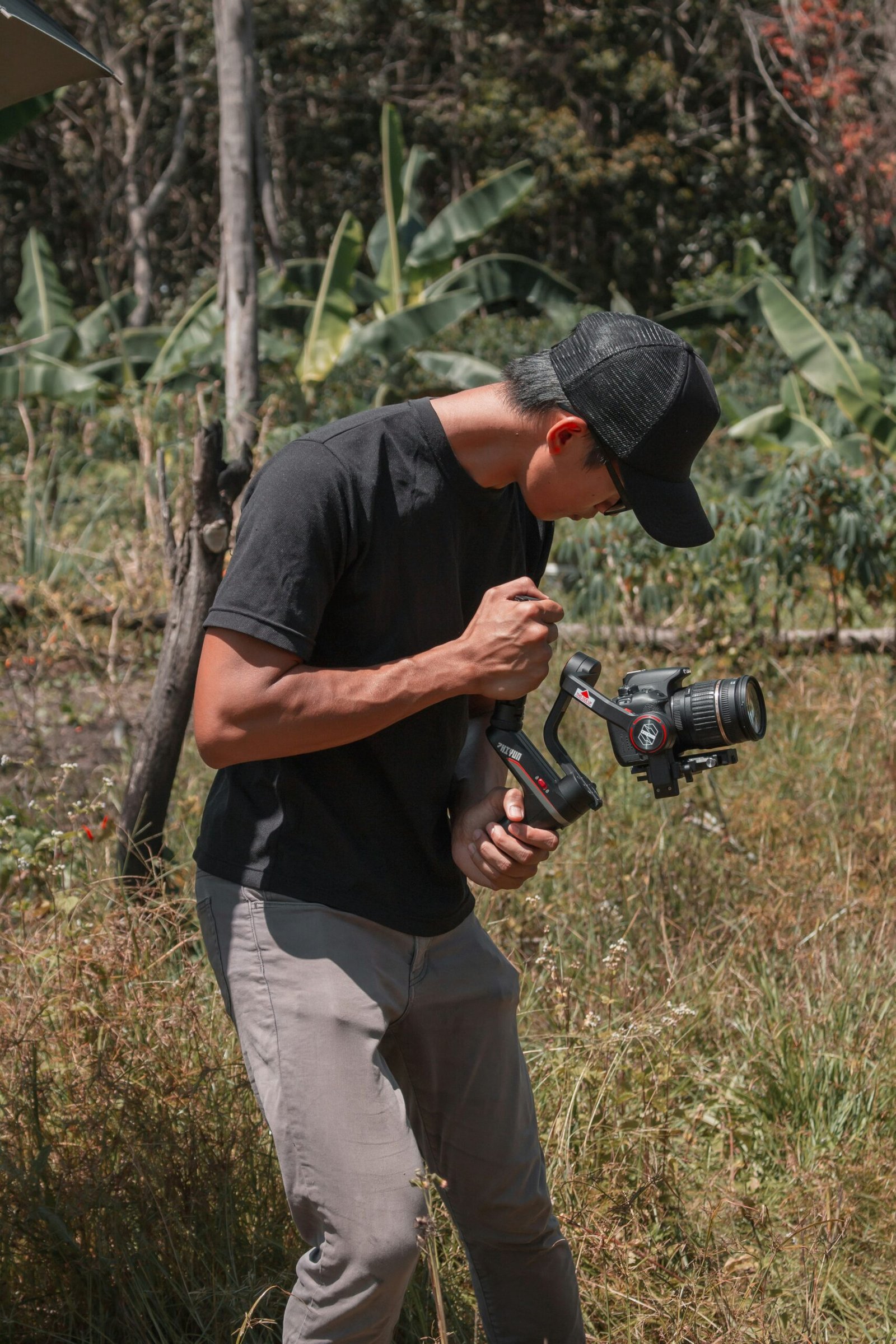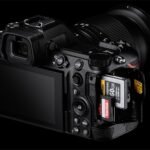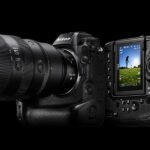10 factors driving photography’s high costs. Explore gear, skill, and more.
Photography Costs
Photography is a captivating art form that allows us to capture and preserve moments in time, but it’s no secret that it can be an expensive hobby or profession. Have you ever wondered why photography is so expensive? Here we will dive into the various factors that contribute to the high cost of photography.
Quality Gear
One of the most significant expenses in photography is the equipment. High-quality cameras, lenses, tripods, lighting equipment, and accessories are essential for producing professional-looking images. The cost of photography gear can range from hundreds to thousands of dollars, making it a major upfront investment. Professional photographers often need to update their equipment regularly to keep up with evolving technology, adding to the expense.

- Camera bodies: High-end digital cameras with advanced sensor technology and features.
- Lenses: A range of high-quality lenses for various types of photography, such as wide-angle, telephoto, and prime lenses.
- Tripods: Sturdy and adjustable tripods for stability, especially in low-light conditions.
- Lighting equipment: Studio lights, flashes, and modifiers for controlling and enhancing lighting.
- Filters: UV filters, polarizers, and ND filters to improve image quality and achieve specific effects.
- Memory cards: High-capacity, high-speed memory cards for storing a large number of high-resolution photos.
- Camera bags and cases: To protect and transport equipment safely.
- Cleaning supplies: Lens cloths, cleaning solutions, and air blowers for maintaining gear.
- Remote triggers: Wireless remotes for taking photos without camera shake.
- Backup power: Extra batteries and chargers to ensure equipment doesn’t run out of power during a shoot.
These are crucial components for the operational side of a photography business, ensuring efficient workflow, image management, and client communication.
Education and Skill Development
Becoming a skilled photographer requires years of practice and education. Many photographers invest in formal training, workshops, and online courses to enhance their skills. These educational resources are not cheap, and the time and effort required to become proficient in photography can also be a significant cost.
Post-Processing Software
Post-processing is a crucial aspect of photography. High-quality photo editing software, like Adobe Photoshop and Lightroom, is necessary for refining and enhancing images. These tools often come with subscription fees, and the learning curve to master them can be steep, leading to further expenses for photographers.
Running a photography business involves additional equipment beyond what’s used for shooting. This often includes computers, monitors, external hard drives, and software for post-processing and managing the business. Here are some more items typically required:
- Computer: A powerful desktop or laptop computer capable of handling large image files and running photo editing software efficiently.
- Monitor A high-quality monitor with color calibration for accurate image editing and proofing.
- External Hard Drives: Reliable external hard drives for backing up and storing image files.
- Editing Software: Photography-specific software like Adobe Photoshop and Lightroom for post-processing.
- Business Software: Tools for client management, accounting, and scheduling.
- Website and Online Portfolio: Costs associated with domain registration, hosting, and maintaining an online presence.
These are crucial components for the operational side of a photography business, ensuring efficient workflow, image management, and client communication.
Studio and Location Costs
Professional photographers often rent studios or on-location spaces for photoshoots. These spaces come with rental fees, equipment storage costs, and other expenses such as utilities and insurance. For photographers specializing in certain genres, such as wedding or fashion photography, location costs can also be substantial.
Props and Accessories
Depending on the type of photography, photographers may need props, backdrops, costumes, and other accessories to create the desired image. These items can add up quickly, especially for commercial and portrait photographers.
Marketing and Promotion
To build a successful photography business, marketing and promotion are essential. Expenses for advertising, website development, social media management, and other promotional activities can be significant.
Time and Labor
Photography is not just about pressing a button. Photographers spend considerable time in pre-production (planning and organizing shoots), post-production (editing and retouching), and client meetings. The hours invested in each project contribute to the overall cost.
Specialization
Photographers often specialize in various niches, such as wedding, wildlife, or fashion photography. Specialized equipment, props, and expertise are required for each niche, which can increase the overall cost for photographers.
Legal and Administrative Costs
Photographers need to protect their work legally by registering copyrights and obtaining permits for specific shoots. Administrative expenses, including accounting and legal services, can also be part of the cost of running a photography business.
Business Overhead
Photographers who operate their businesses have overhead costs, such as office space, insurance, and utilities. These expenses are passed on to clients through pricing.
Points to Remember
Equipment: High-quality gear like cameras and lenses are costly.
Skills: Learning photography is an investment in time and money.
Software: Editing tools have subscription costs and a learning curve.
Studio and Location: Renting spaces for shoots comes with fees.
Props and Accessories: Additional items may be required, driving up costs.
Marketing: Building an online presence and advertising has expenses.
Time: Photography involves a lot of time spent in shoots and editing.
Specialization: Different types of photography may require unique gear.
Legal/Admin Costs: Copyright and permits have financial implications.
Business Expenses: Overhead for a photography business includes office space and insurance.
Photography may appear to be a straightforward art, but behind the scenes, there’s a complex web of expenses that photographers must navigate. The cost of photography is a reflection of the investment in equipment, education, time, and creativity that photographers put into their work. Whether you’re hiring a photographer for a special occasion or considering photography as a career, understanding these factors can help you appreciate the value that professional photographers bring to the art of capturing moments in time.




